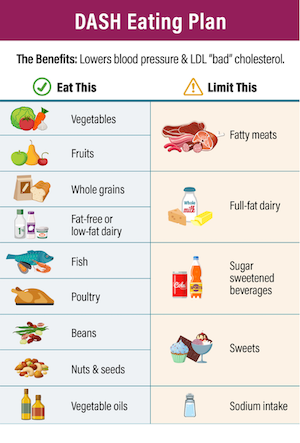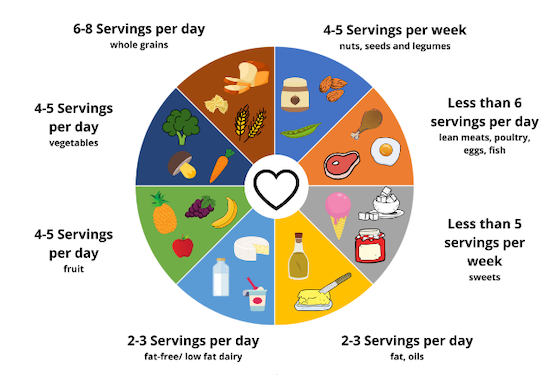Posted on April 3rd, 2025

High blood pressure, or hypertension, is a common condition that affects millions of people worldwide. It's often called the "silent killer" because it typically has no obvious symptoms, yet it increases the risk of heart disease, stroke, and kidney problems. If you’ve been diagnosed with hypertension, lifestyle changes like adopting a healthy diet can make a world of difference. One of the most effective dietary approaches for managing high blood pressure is the DASH diet.
The DASH diet stands for Dietary Approaches to Stop Hypertension. It was developed by the National Institutes of Health (NIH) to help people lower and control their blood pressure. The diet focuses on foods that are rich in potassium, calcium, magnesium, fiber, and protein while being low in saturated fat, cholesterol, and sodium. Essentially, the DASH diet promotes a heart-healthy way of eating that can improve blood pressure and overall health.


The DASH diet is flexible and can be tailored to your individual needs. Here’s a simple breakdown of the recommended daily servings:
To make the transition to the DASH diet, start by gradually increasing your intake of fruits, vegetables, and whole grains while cutting back on processed foods, added sugars, and sodium.
Planning meals ahead of time and cooking at home can also help you stay on track.

Here’s a sample 1-day meal plan based on the DASH diet:

Tips for Success on the DASH Diet are as follows
The DASH diet is more than just a short-term diet plan; it’s a lifestyle change that can improve your blood pressure, heart health, and overall well-being. By focusing on nutrient-rich foods and reducing sodium intake, the DASH diet can help you manage hypertension and prevent future health issues. Before making significant dietary changes, it’s always a good idea to consult with a healthcare provider, especially if you have any underlying medical conditions. With the DASH diet, you can take proactive steps toward a healthier life and a more balanced lifestyle.